
The Elder Scrolls IV: Oblivion
Publisher: 2K GamesWe used the latest addition to the impressive Elder Scrolls series of titles, Elder Scrolls IV: Oblivion with the 1.1 patch applied. It uses the Gamebyro engine and features DirectX 9.0 shaders, the Havok physics engine and Bethesda use SpeedTree for rendering the trees. The world is made up of trees, stunning landscapes, lush grass and features High Dynamic Range (HDR) lighting and soft shadowing. If you want to learn more about The Elder Scrolls IV: Oblivion, we recommend giving our graphics and gameplay review a read.
The graphics options are hugely comprehensive, with four screens of options available for you to tweak to your heart's content. There is also the configuration file too, but we've kept things as simple as possible by leaving that in its out of the box state. For our testing, we did several manual run throughs to test the game in a variety of scenarios ranging from large amounts of draw distance, indoors and also large amounts of vegetation. Our vegetation run through is the result that we have shown, as it proved to be the most stressful - we walked up the hill to Kvach, where the first Oblivion gate is located.
________________________________________________________________________________
24" widescreen gaming:
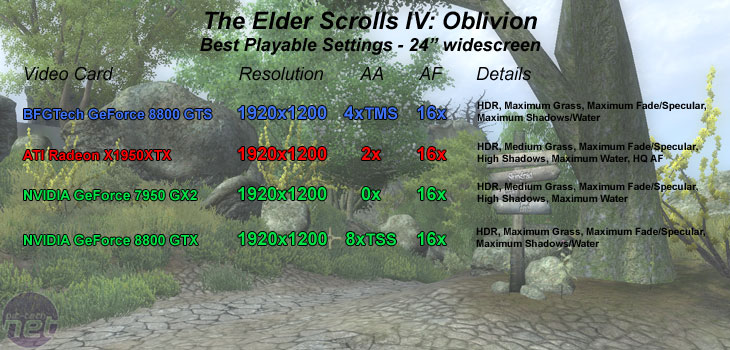

With BFGTech's GeForce 8800 GTS, we had to settle for 4xAA with transparency multisampling in order to attain a smooth gaming experience, while the GeForce 8800 GTX was capable of smooth gameplay at 8xAA with transparency supersampling. We tried increasing the anti-aliasing quality with both transparency supersampling and 8xAA separately, but we experienced quite a bit of choppiness in some of the more rural areas of the game.
The GeForce 7950 GX2 handled itself reasonably well, but it was simply no match for the GeForce 8800-based cards. However, it's lacking anti-aliasing because the card doesn't support HDR and anti-aliasing at the same time. It also suffers from poor texture filtering quality too - NVIDIA's texture filtering algorithms on GeForce 7-series hardware is angle dependant and texture shimmering can be very apparent in Oblivion, especially when you're walking along the many paths and roads in the world.
ATI's Radeon X1950XTX delivered a better gaming experience than the GeForce 7950 GX2, simply because of the fact it was capable of delivering higher image quality - quality that NVIDIA's GeForce 7950 GX2 can't match. The Radeon X1950XTX played the game with similar settings to the GeForce 7950 GX2, but with 2xAA and 16xHQ AF. With that said though, ATI's image quality crown is no more - the GeForce 8800's have better anisotropic filtering with absolutely no angle dependency on its anisotropic filtering algorithm.
________________________________________________________________________________
30" widescreen gaming:
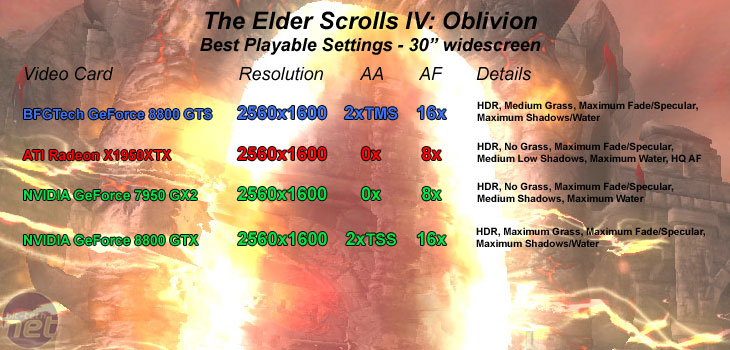

Even with the lower grass detail, we had to settle for transparency multisampling on the GeForce 8800 GTS, because transparency supersampling meant choppy frame rates. It's impressive to see that NVIDIA's new £300/$449 part is capable of a pretty good gaming experience in one of the most intensive games of the year on a 30" widescreen LCD. Not only that, but the gaming experience delivered by GeForce 8800 GTS is considerably better than what was experienced on both the Radeon X1950XTX and GeForce 7950 GX2.
A lot of the immersiveness was lost because we had to disable grass altogether on the two older video cards, along with the fact that shadow detail was also massively reduced too. Thanks to ATI's HQ AF algorithm, the Radeon's filtering quality was pretty good, but the filtering quality on NVIDIA's GeForce 7950 GX2 left a little to be desired.

MSI MPG Velox 100R Chassis Review
October 14 2021 | 15:04

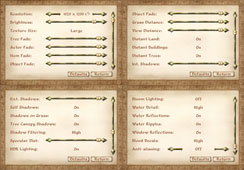
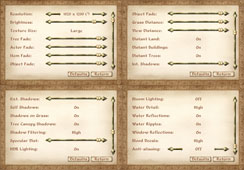
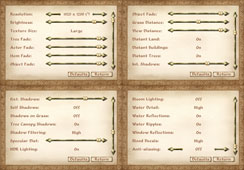

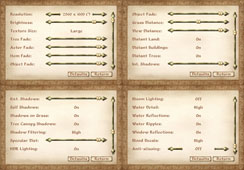
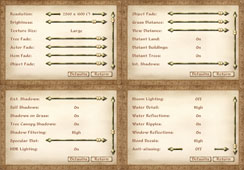
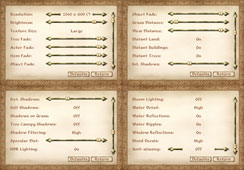
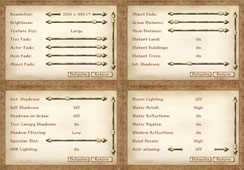







Want to comment? Please log in.